Energy Efficiency Experiment for Kids | How Do Window Coverings Affect Room Temperature?
Searching for a science experiment that explores ways to increase indoor energy efficiency? Explore how window coverings affect room temperature with this simple science activity for kids.
This post contains affiliate links.
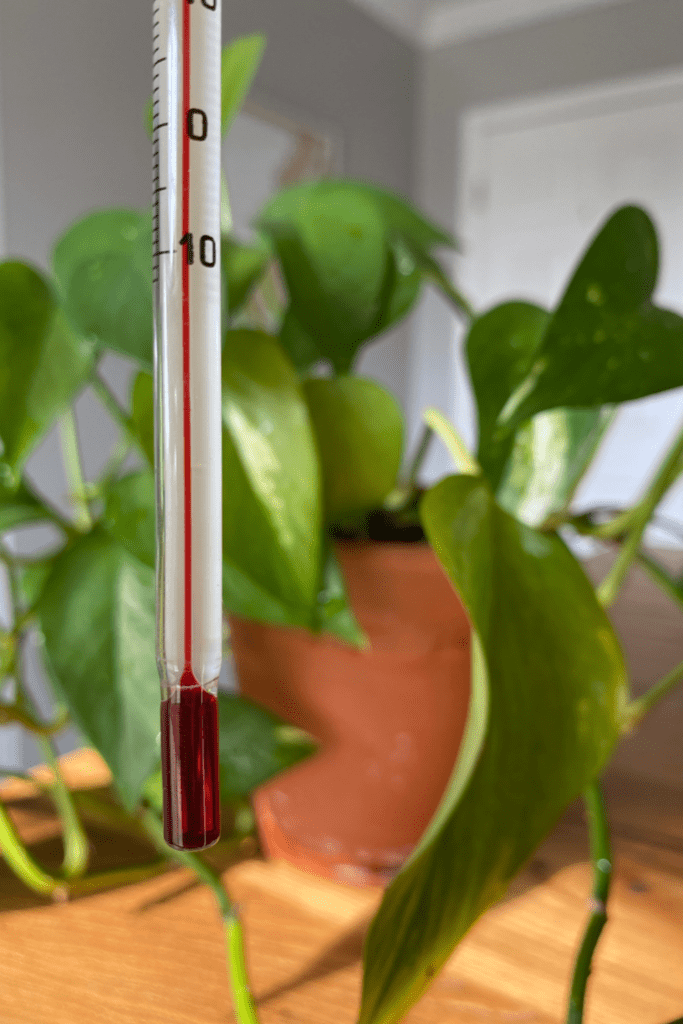
Increasing the energy efficiency of your home heating and cooling system doesn’t mean you need to go through a structural remodel. Simply closing the window blinds, shades, or curtains on hot, summer days can make a noticeable difference in the air temperature in a room. On the flip side, window coverings can be used in winter as an added layer of insulation to the cold outdoor air, helping to regulate temperature inside your home. Closing the curtains is a simple task that my children help with during the scorching days of summer and the frosty mornings and evenings of winter, and can make for a fantastic and inexpensive science experiment.
This simple task can be turned into a science experiment about energy efficiency with little prep! Using a thermometer to measure the change in temperature of a room before and after the blinds are closed on a hot summer day or a cold winter morning is a great way to encourage learners to use the process of science to answer questions. Exploring home energy efficiency can also make for a winning science fair project.
Energy Efficiency Experiments Make Fantastic Science Fair Projects
I’ve judged years and years of middle school and high school science fair projects, and experiments that repeatedly score high have the following five characteristics:
- A well-written prediction or hypothesis to the experimental question
- Clear and concise data collection instructions
- Multiple experimental trials
- Accurate analysis of results
- Application to the real world
Science fair judges do no, I repeat DO NOT care if your prediction was correct or incorrect. What they are looking for is that you successfully demonstrated the use of the scientific method and that you can apply what you have learned to the real world. Asking a question such as, “How do window coverings affect room temperature?” allows students to demonstrate their understanding of the scientific method while also applying what they have learned to practical, real-world situations.
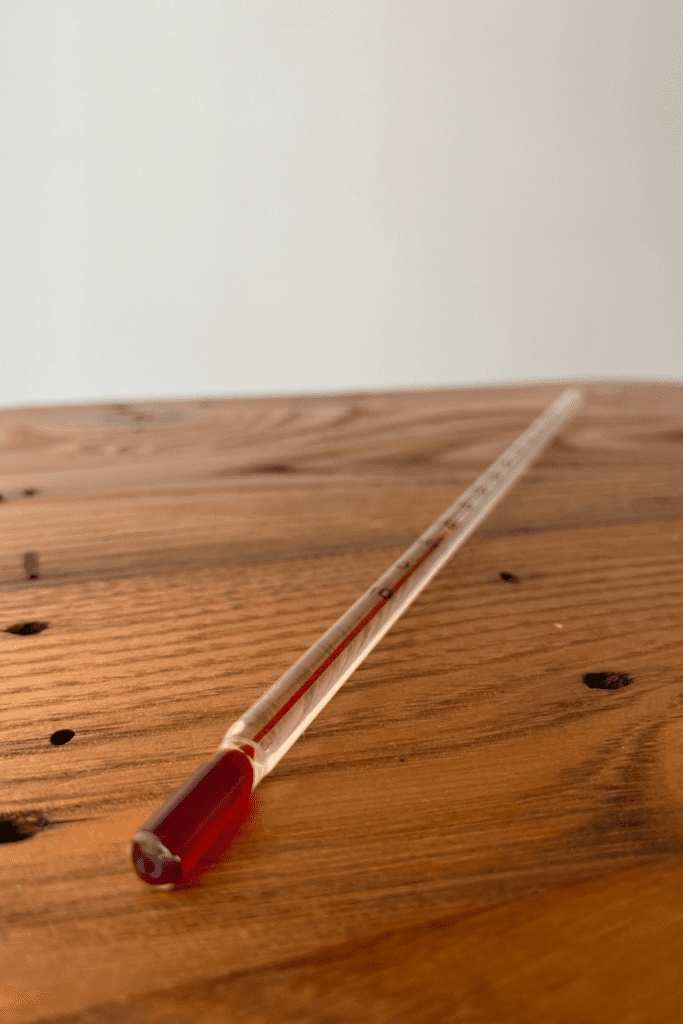
Materials for the Energy Efficiency of Window Coverings Science Experiment
Here is a simple list of materials that you can use to complete the window covering science experiment.
- Thermometer
- Computer/Cell Phone/Tablet
- Pencil or pen
- Free Window Covering Science Experiment printable
A simple indoor or outdoor thermometer will work for this activity. My first recommendation is to always use what you already have. However, if you need a simple thermometer that’s perfect for science investigations, I use the American 3B Scientific U14295 Tube Thermometer Graduated. This is a Celcius thermometer because, as a science teacher in America, I feel that it is tremendously important to teach students to read temperatures in the language that the rest of the world uses. If you are looking for a thermometer that takes temperature readings in Fahrenheit, I would recommend this one.
Instructions for the Energy Efficiency of Window Coverings Science Experiment
Follow these instructions to complete the science experiment that explores the energy efficiency of window coverings. Depending upon your geographical location, this experiment may net a larger change in temperature data during the summer and winter months, however it can be successfully carried out any time of year. It may be helpful for students to keep in mind the role window coverings can play during different seasons of the year.
Additionally, if you are located in the Northern Hemisphere, you may record more significant changes in temperature if you use a south-facing window. If you are located in the Southern Hemisphere, a north-facing window may net a more noticeable temperature effect.
I suggest that the students collect data for at least 5 days, around the same time each day. Be sure to collect temperature data in the same units, either in degrees Celsius or degrees Fahrenheit.
- Have your learner(s) make a prediction. Will the temperature of the room increase, stay the same, or decrease when the blinds are closed? If you predict a change in temperature, by how many degrees? An example prediction could look like this: “If I close the blinds, I predict the room temperature will decrease by 2 degrees.”
- Record the current weather conditions. Is it sunny, cloudy, partly cloudy, rainy, etc.?
- Record the current outdoor temperature by using a weather app on a phone or computer, or by checking an outdoor thermometer, if available.
- Next, choose a spot near a window, away from any HVAC vents. Open the window covering and place a thermometer near the window. Allow the thermometer to come to room temperature. This may take 10-20 minutes to adjust.
- Record the temperature value of the inside temperature without window covering
- Close the blinds and wait 20-30 minutes.
- Record the temperature of the thermometer after the allotted time has passed and record the inside temperature with window covering.
- Repeat steps 2-7 for four more days.
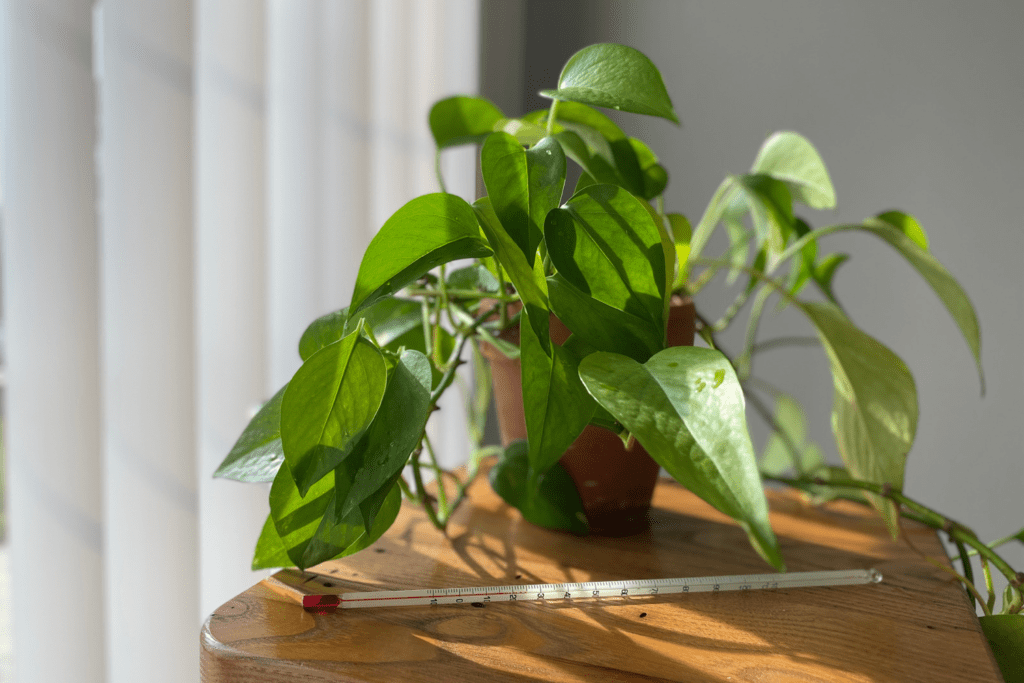
Data Collection for the Energy Efficiency of Window Coverings Science Experiment
Here is an example of a data table for students to record their findings. If you plan to collect data for more than five days, simply add some extra rows. For a free, printable version of this science experiment to use with your students, including a data table and discussion questions, simply enter your name and email address below!
| Weather condition(sunny, cloudy, partly cloudy, rainy, etc.) | Outside Temperature | Inside Temperature Without Window Covering | Inside Temperature With Window Covering | |
| Day 1 | ||||
| Day 2 | ||||
| Day 3 | ||||
| Day 4 | ||||
| Day 5 |
Remind your students to include the unit of temperature (degrees Fahrenheit or degrees Celsius) with each of their numerical values. I always repeat to my students that data doesn’t have value if we don’t know what it’s measuring!
Discussion Prompts for the Energy Efficiency of Window Coverings Science Experiment
Now that the data is collected, students will want to reflect on what their findings tell them. Here are some discussion prompts that will allow students to analyze their results and draw conclusions.
- Compare each day’s temperature result with the predicted result. How many days (if any) was your prediction accurate? Did the temperature decrease, stay the same, or increase when the window coverings were closed? If so, by how many degrees?
- Did the weather condition affect your prediction for each day? If so, how?
- On the day with the highest outdoor temperature, how did your indoor temperature change, if at all?
- On the day with the coolest outdoor temperature, how did your indoor temperature change, if at all?
- What role did the window covering play in the change in temperature?
At the conclusion of the experiment, your students may discover that the use of window coverings decreases the change in temperature in the room, increasing the heating or cooling efficiency of the space.
If you’d like this entire experiment in a free, printable student version, enter your name and email address here:

Taking the Energy Efficiency Science Experiment Further
As with many science experiments, one conclusion prompts ten more questions! If this window covering science activity engages your students, take it further by designing additional experiments to answer the following questions:
- Does the window covering material affect the change in room temperature?
- Does the age or style of the window affect the change in room temperature?
Let your students create their own experimental design to address the question they are investigating. Who knows where their experiment will lead them!
If you’d like to learn more about how you can get students involved in saving energy at home, check out my post on how to build sustainable energy habits with kids.
Ways to Discuss Sustainable Energy Habits with Kids
If you’d like to learn more about how you can get students involved in saving energy at home, check out my post on how to build sustainable energy habits with kids. You can even gamify the concepts of sustainable habits with this free sustainability bingo game!
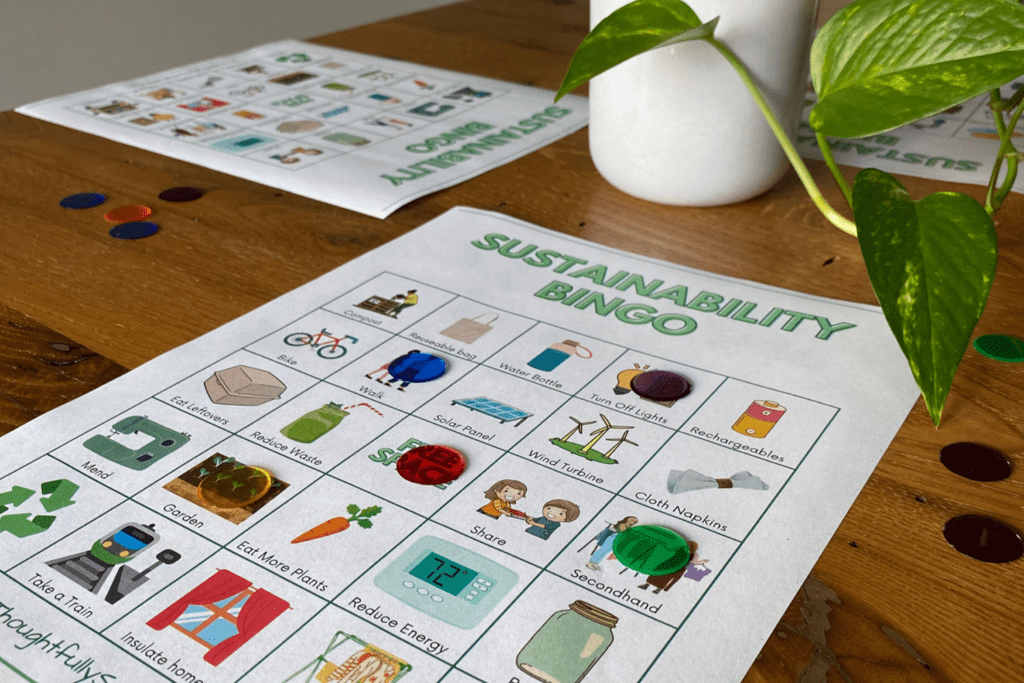



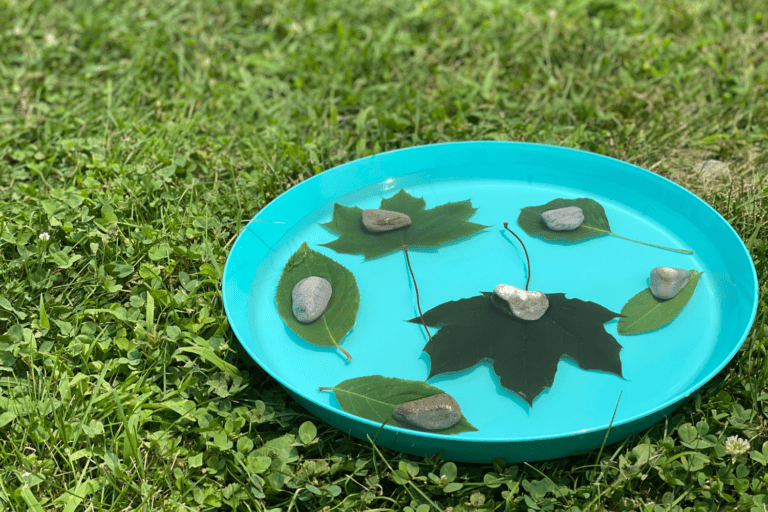
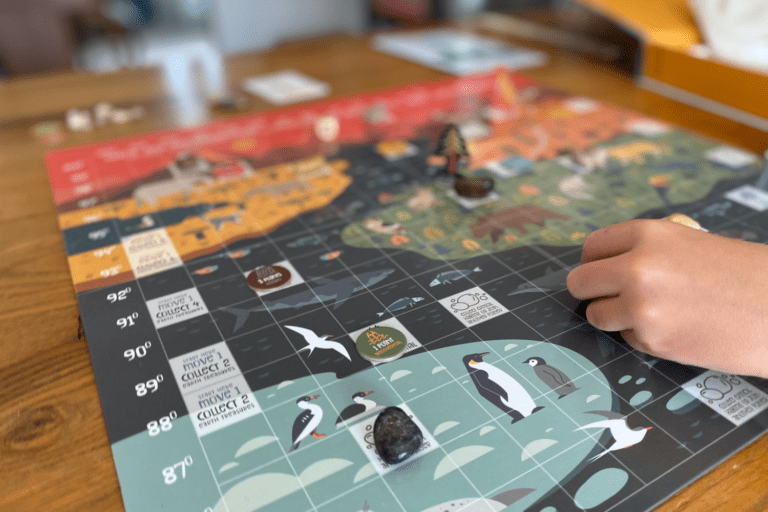
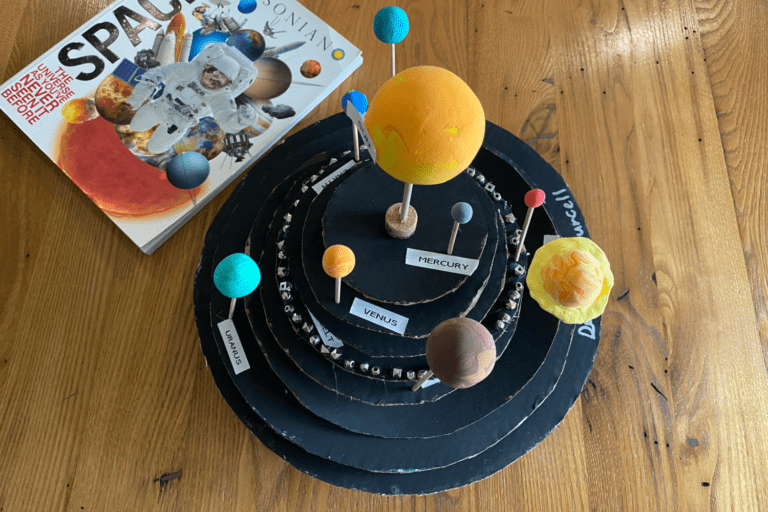
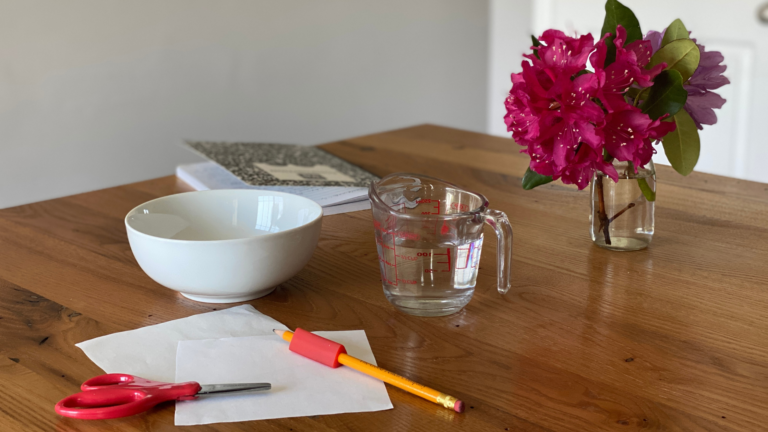
3 Comments
Comments are closed.